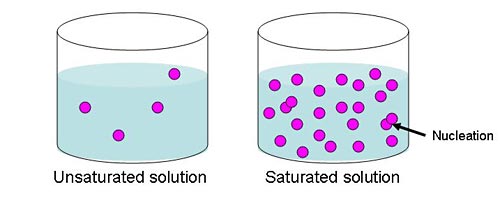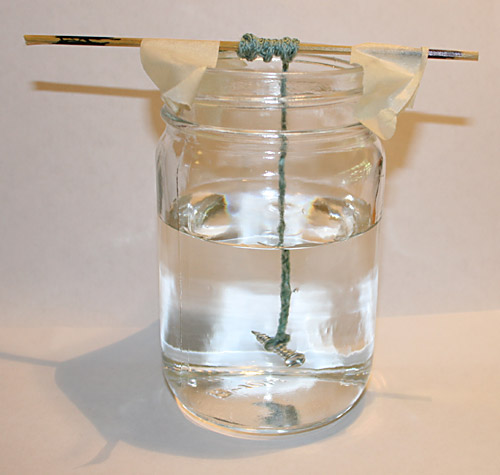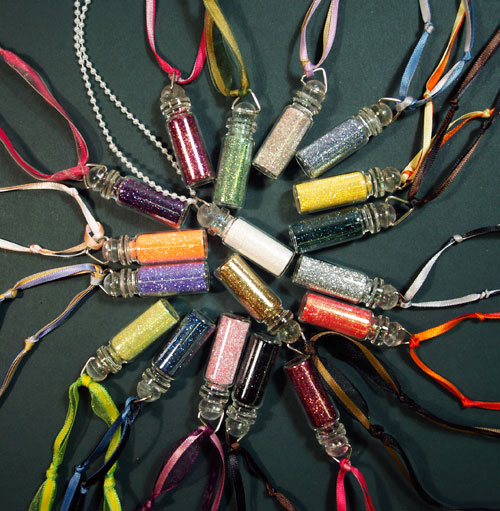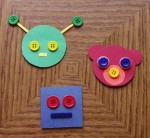 Take time to show baby how things work in the bathroom. Run some warm water from the faucet, let her move her hands back and forth under the stream, and then dry her hands with a soft towel. Show her how the toilet flushes, how you brush your teeth, how she can try out her own baby toothbrush and how to brush your hair and her hair in the mirror.
Take time to show baby how things work in the bathroom. Run some warm water from the faucet, let her move her hands back and forth under the stream, and then dry her hands with a soft towel. Show her how the toilet flushes, how you brush your teeth, how she can try out her own baby toothbrush and how to brush your hair and her hair in the mirror.
Â
Look for child-safe step stools at tag sales and thrift stores. Paint the stool her favorite color, personalize it with her name and add decorative touches with glitter glue and silver and gold paint pens. A stepping stool will make your child self-sufficient, providing her with access to the sink and mirror when she needs to brush her teeth, comb her hair or wash her hands and face. Make sure you keep her stool in a closet or cabinet when not in use and she can ask when she needs to use it. This safety precaution will ensure that you are always present when she climbs up on it.
Â
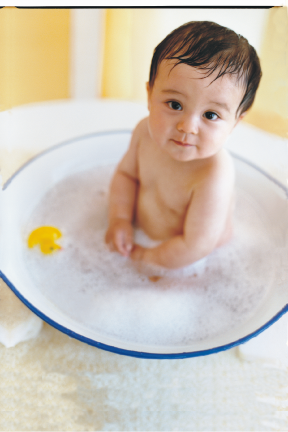
Â
You don’t need to purchase a slew of commercial bath toys to make a splash in the tub – watered down favorites can be found right in your kitchen. In fact, items from baby’s personal storage space in the kitchen can do double duty in the bathroom. Plastic cups, funnels, pitchers, measuring spoons and small food containers are great choices for filling up and pouring out water.
Â
Let kids go on a fishing trip right in the tub. Use permanent markers to turn old plastic measuring spoons into colorful fish and other aquatic creatures. Children will enjoy chopping up their catches of the day with a kitchen strainer to serve as their fishing net.
Â
Cut out ducks, turtles, frogs, dolphins and starfish from new sponges, using cookie cutters. Let baby feel the rough porous texture of a dry sponge before plunging it into the water so the child can watch it magically expand in size. Talk about how the sponge takes on a squishy texture when wet. Encourage him to wring out the water from the sponge, then fill it up with water and watch it grow.
Â
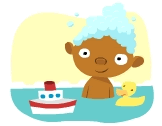 Plastic soap dishes and margarine containers make terrific bath time boats, while square plastic container lids make ideal rafts for carrying small plastic figures. For ring shaped floatation devices, let action figures float inside a few of baby’s stacking rings.
Plastic soap dishes and margarine containers make terrific bath time boats, while square plastic container lids make ideal rafts for carrying small plastic figures. For ring shaped floatation devices, let action figures float inside a few of baby’s stacking rings.
Â
 Getting Ready. Before he gets in the tub, ask your child to recall what items he needs. “What do you need for your bath?†Items may include a washcloth, soap, shampoo, bath toys, and a towel to dry off. As he says each item, match it up with its use. “Yes, you need a wash cloth so we can scrub behind your ears!â€
Body Parts. As you wash your baby, gently and slowly massage each of her body parts with a soft, soapy cloth. As you wash each part, make up a song about it, and sing it or say it softly. “Washie, washie baby’s fingers, baby’s fingers, washie, washie.†Repeat for each body part. This is a great way to relax your baby for bedtime.
Water Splash. Show your toddler how to use her hands and feet to move the water. Use words that describe what the water is doing like splash, flow, and roll and words that describe the water like flat, wave, and drops. Then you can make up some silly rhymes like splash- mash, flow- glow, and roll- pole.
A bath is the perfect opportunity to teach baby about her body parts. Create silly shymes to teach her thier names.
Â
“after dinner its such a messy place, so now its time to wash your face!
 I’ve got a rhyme and here it goes: I love to scrub your little nose.
 Is it dirty? Lets go and check, and wash and clean sweet baby’s neck.
 Yes my baby has such charm with soapsuds up and down her arm
 it’s very cute and shakes like jelly, yes-siree, that’s my babies belly!
 Wash those legs, crub those knees, I’ll wash those feet now, if you please.
 Now we shampoo babies hair, then rinse it off with the greatest care.”
Â
For a bath time hand puppet, cut off the fingers of a rubber glove and draw a silly face on the palm of the glove. Wear the glove on your hand and animate it by wiggling your fingers, tickling baby, give the face a beard and hair with bubbles, making the puppet swim and using a funny voice as your gloved character washes baby.
Â
Hang a visually stimulating toy from your shower spout, using plastic chain links. To prevent soap from getting in her eyes, direct babies attention to the toy hanging above her when its time to rinse her hair.
Â
For skeaky clean fun, here’s a great song to sing while washing baby with foamy bath time bubbles.Â
Â
“Bubbles, bubbles in the tub
Baby needs a rub-a-dub scrub.
Bubbles, bubbles in the air,
On your back and in your hair.
Bubbles, bubbles so much fun,
Rinse them off and bath time’s done!â€
Â
Hanging an unbreakable mirror from your tub spout so that its at eye level when baby is taking a bath will make even the shyest baby come out of their shells. They’ll love playing peek-a-boo in the mirror with a washcloth, giggling at bubble beards on their face and splashing at their reflection. For big laughs, give a spiky shampoo hairdo or make soapy hair stand up on end in the center of the head.
Â










